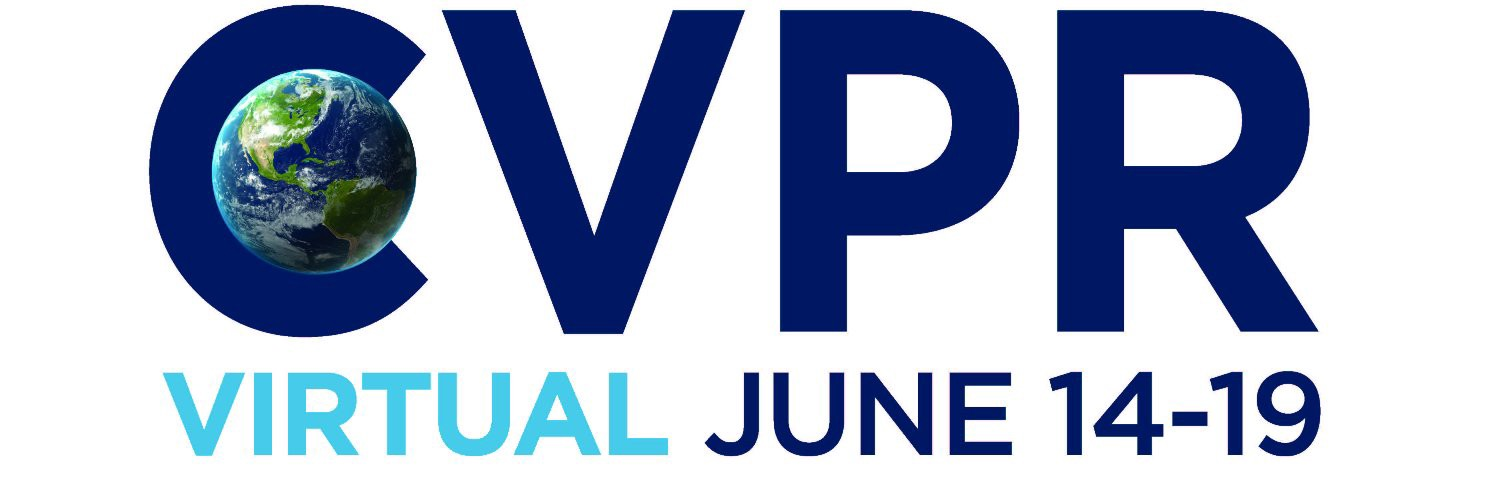Abstract:
Printed and digitally displayed photos have the ability to hide imperceptible digital data that can be accessed through internet-connected imaging systems. Another way to think about this is physical photographs that have unique QR codes invisibly embedded within them. This paper presents an architecture, algorithms, and a prototype implementation addressing this vision. Our key technical contribution is StegaStamp, a learned steganographic algorithm to enable robust encoding and decoding of arbitrary hyperlink bitstrings into photos in a manner that approaches perceptual invisibility. StegaStamp comprises a deep neural network that learns an encoding/decoding algorithm robust to image perturbations approximating the space of distortions resulting from real printing and photography. We demonstrates real-time decoding of hyperlinks in photos from in-the-wild videos that contain variation in lighting, shadows, perspective, occlusion and viewing distance. Our prototype system robustly retrieves 56 bit hyperlinks after error correction -- sufficient to embed a unique code within every photo on the internet.

